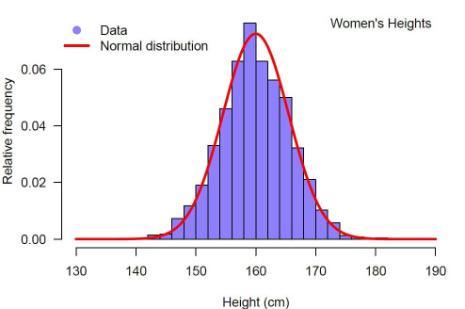Interactivity for 200+ Sciences Students in Statistics Modelling Module
OVERVIEW

| MODULE TITLE: | Introduction to Statistical Modelling |
|---|---|
| MODULE COORDINATOR: | Andrew Parnell |
| MODULE CODE: | STAT10050 |
| TARGET AUDIENCE: | First year Science students |
BACKGROUND
Statistics is boring. This is the view that most students have of the subject when they enter UCD, and many of them keep it for their entire career. But statistics isn’t boring, it’s a fascinating intersection of philosophy, maths and science that enables us to turn our ideas into scientific evidence and is a foundational method in fields as diverse as medicine, finance and meteorology.
This module was designed to give first year science students the basic tools to think about their ideas in a rigorous statistical manner and to understand that this is not a dry subject which requires strong mathematical ability, but rather a necessity of life which can be of huge benefit to all.
GOALS
The main goal of this module was to keep students interested in the subject whilst also enriching their understanding of the mathematical background in probability and statistics. Students are encouraged to critically evaluate findings that appear in the media (especially graphs and infographics) and to think about how they might have presented such work better by following the statistical approach presented in lectures. In particular they study how to translate vague ideas into scientific hypotheses and then to analyse such results at a basic level in a statistical manner.
THE INNOVATIVE APPROACH
The two key teaching innovations in this module were to (a) include a non-assessed activity each week as part of each 2-hour lecture, and (b) to incorporate elements of interactivity so that though the class is large (~200 students) they can all feel part of the material and are expected to contribute.
The weekly activities included: designing an experiment to find Newton’s gravitational constant, learning how to count cards in Blackjack, and estimating popularity from a Facebook network. Each activity introduces new concepts and challenges that are not part of the standard lecture material. The students are told at the start of the module that at least one of the activities will be used as part of a question in the final exam.
The interactivity element is incorporated via a combination of Google Drive, the R statistical package and Shiny; a web interface for interacting with data and graphics. These may take the form of asking students to complete quick multiple choice questions via their phone, tablet or laptop and then instantly graphing results, or getting students to answers surveys or create data which we can then instantly analyse in class.
RESULTS
The module has become very popular according to the module feedback forms (though the students who have been through this module will tell you why you might not believe these!). In particular the attendance rate of the module is very high for a two-hour lecture on a Monday afternoon, regularly staying above 80% even into weeks 11 and 12. Lastly, this has encouraged more students to stay on for second year statistics modules, and so will hopefully bring benefit to the branches of science that they pursue.